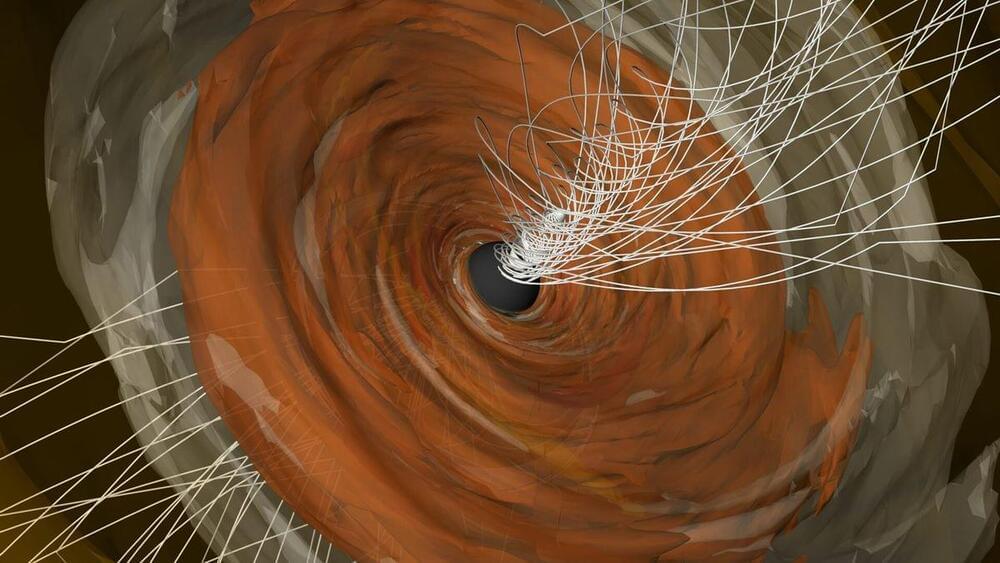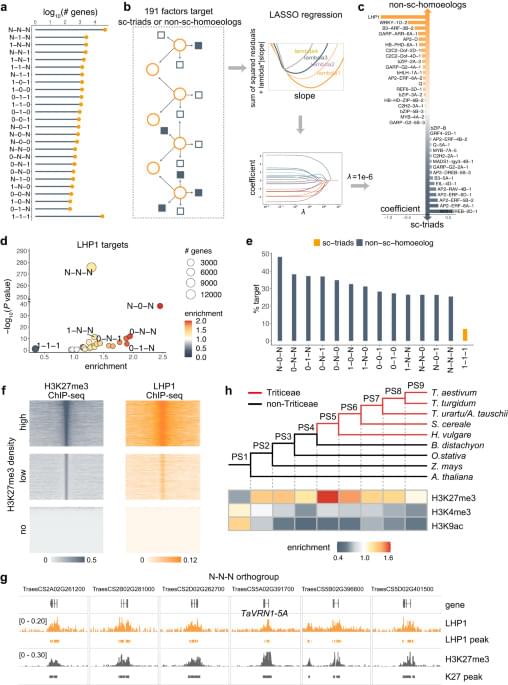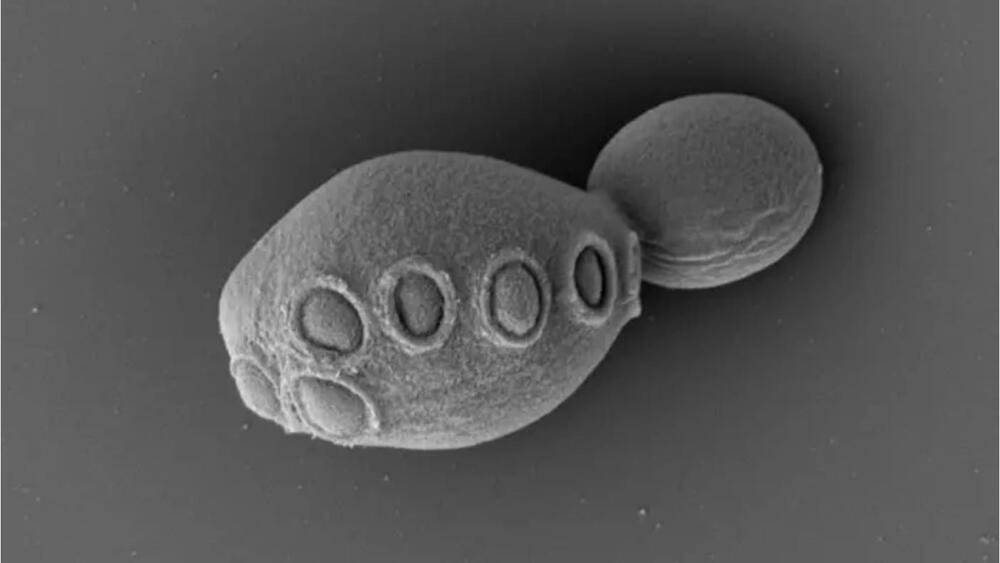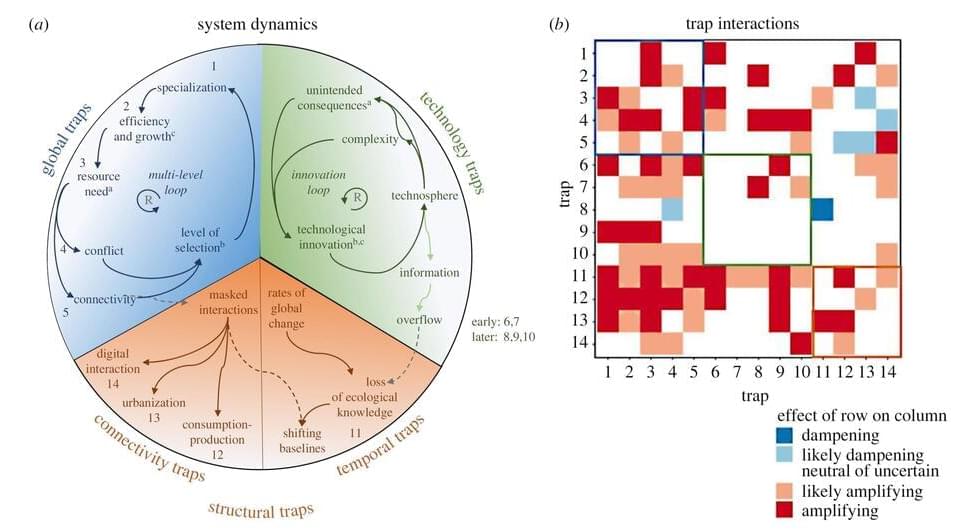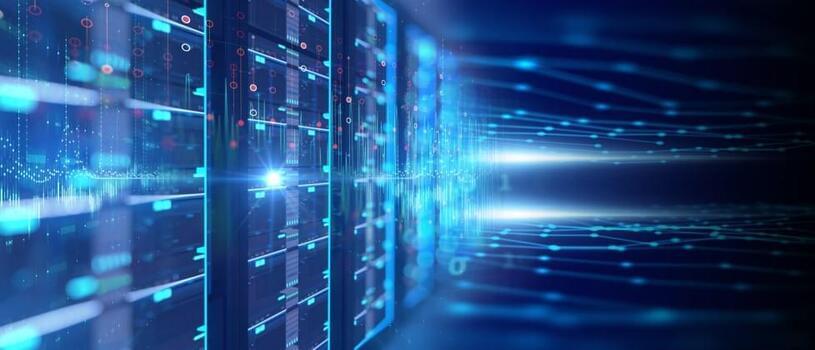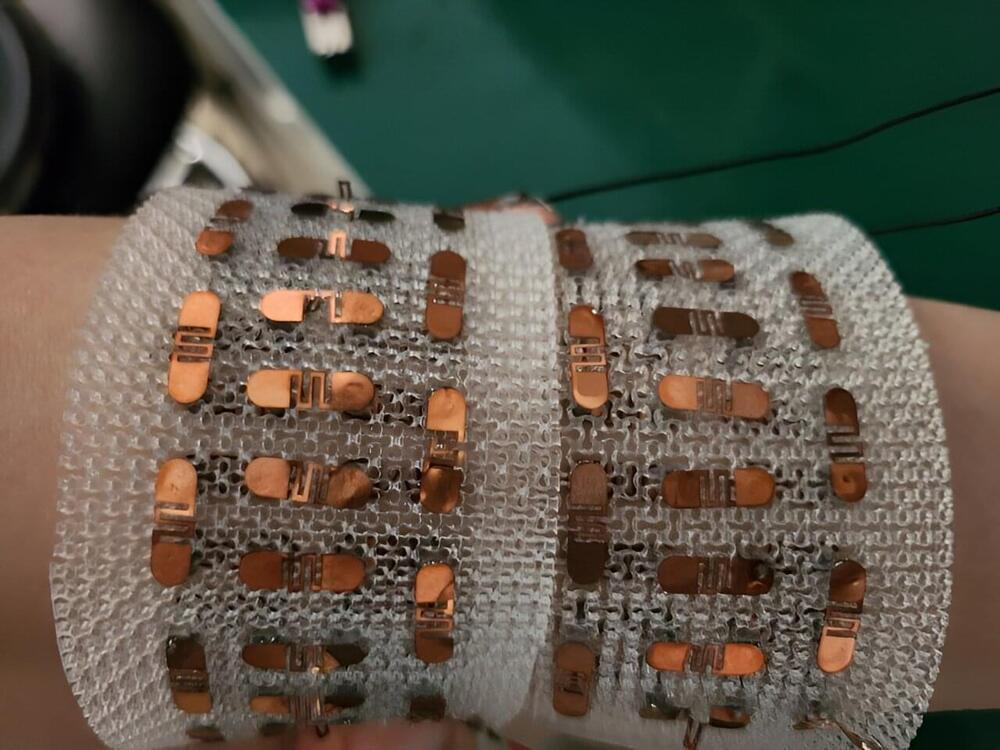Nov 21, 2023
You Are When You Eat
Posted by Arthur Brown in categories: biotech/medical, genetics, neuroscience
The sleep-wake cycle is among the most well-known circadian rhythms in the body and is severely affected in Alzheimer’s disease (AD). “Eighty percent of patients with AD suffer dysregulation or disruption of circadian rhythms, and the obvious clinical manifestations are the sleep-wake reversals,” Desplats said. “These patients are very sleepy during the day, agitated during the night, more confused, and sometimes aggressive.”
The feeding-fasting cycle is one of the strongest signals you can send the body to entrain the circadian clock.-Paula Desplats, University of California, San Diego
In a recent study published in Cell Metabolism, Desplats’s team used mice that are genetically engineered to develop AD to test whether intermittent fasting improves circadian rhythm abnormalities.3 Rather than restricting calories or making dietary changes, they simply limited food access to a defined six-hour daily window. They found that time-restricted eating improved sleep, metabolism, memory, and cognition, and reduced brain amyloid deposits and neuroinflammatory gene expression. “Many of the genes that are affected in AD are rhythmically expressed in the brain, meaning that they are in direct relation with the circadian clock and are involved in functions that are fundamental to AD pathology,” Desplats said. Intermittent fasting restored the rhythmic activity of these genes, but the real surprise was the extent to which it mitigated brain amyloid deposits and improved cognition and sleep-wake behaviors. “I didn’t expect that it will have such a dramatic impact on pathology,” Desplats said.

